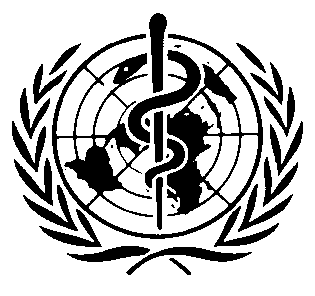International Chemical Safety Cards
| ETHYLENE CYANOHYDRIN | ICSC: 1026 |




2-Cyanoethanol Glycol cyanohydrin Methanolacetonitrile C3H5NO / HOCH2CH2CN Molecular mass: 71.08 CAS # 109-78-4 RTECS # MU5250000 October 16, 2001 Peer reviewed |
| TYPES OF HAZARD/ EXPOSURE | ACUTE HAZARDS/ SYMPTOMS | PREVENTION |
FIRST AID/ FIRE FIGHTING |
| FIRE |
Combustible.
Gives off irritating or toxic fumes (or gases) in a fire.
|
NO open flames.
|
Powder,
alcohol-resistant foam,
carbon dioxide.
|
| EXPLOSION |
|
|
|
| EXPOSURE |
|
|
|
| •INHALATION |
|
Ventilation.
|
Fresh air, rest.
|
| •SKIN |
Redness.
|
Protective gloves.
|
Rinse skin with plenty of water or shower.
|
| •EYES |
Redness.
Pain.
|
Safety goggles.
|
First rinse with plenty of water for several minutes (remove contact lenses if easily possible), then take to a doctor.
|
| •INGESTION |
|
Do not eat, drink, or smoke during work.
|
Rinse mouth.
|
| SPILLAGE DISPOSAL | STORAGE | PACKAGING & LABELLING | ||
|
Collect leaking and spilled liquid in sealable containers as far as possible.
Absorb remaining liquid in sand or inert absorbent and remove to safe place.
(Extra personal protection: filter type B.)
|
Separated from
acids,
bases
,
oxidants
.
Cool.
Dry.
Keep in a well-ventilated room.
|
R: S: |
||
| SEE IMPORTANT INFORMATION ON BACK | ||||
|
||||